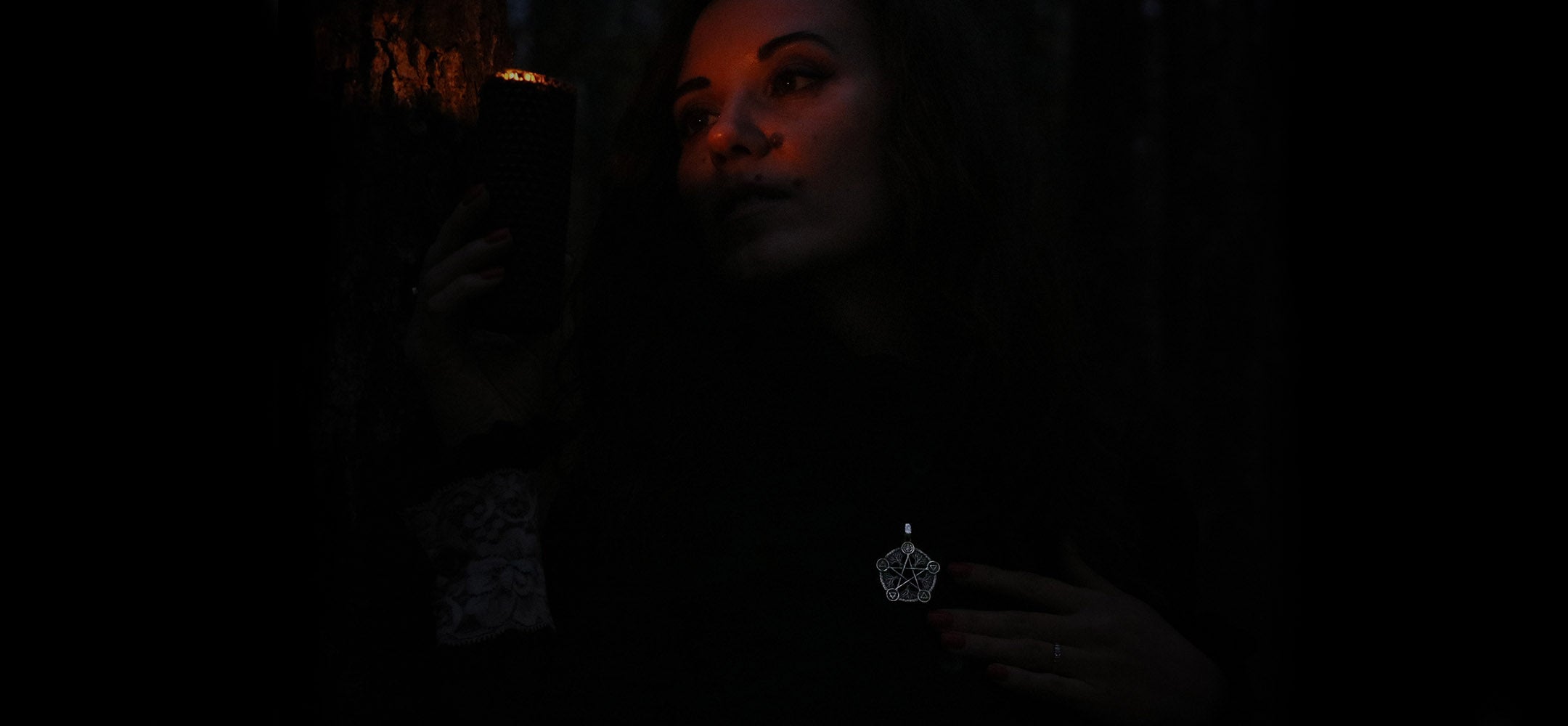Candlemas in Pagan Context
- Origins and Connection to Imbolc
- The Significance of Light
- Honoring Brigid
- The Role of Fire and Purification
- Planting the Seeds of Spring
- Candlemas Traditions in Modern Paganism
- Conclusion
In a pagan context, Candlemas, also known as Imbolc, is celebrated as a festival marking the midway point between winter and spring, symbolizing the return of light and the stirring of new life within the Earth. Rooted in ancient agricultural traditions, Candlemas reflects the cyclical nature of life, the growing strength of the sun, and the rejuvenation of the Earth’s fertility. It is a time to honor the goddess Brigid, associated with fire, healing, fertility, and the coming of spring.
Origins and Connection to Imbolc
Candlemas in the pagan tradition is deeply connected to Imbolc, an ancient Celtic festival celebrated on February 1st or 2nd. The word “Imbolc” is believed to come from the Old Irish phrase "i mbolg," meaning "in the belly," symbolizing the pregnancy of ewes and the Earth as it prepares for the birth of spring. This festival was traditionally associated with Brigid, a powerful goddess of fertility, poetry, smithcraft, and healing.
Brigid’s role as a goddess of fire and the hearth made her central to Imbolc, a time when pagans would light fires or candles to symbolize the growing power of the sun as winter’s darkness began to wane. These fires also represented purification and the rekindling of warmth, essential for both the household and the land in preparation for the coming agricultural season.
The Significance of Light
In the pagan understanding, Candlemas is a celebration of light. The days grow longer after the winter solstice, and Candlemas marks a turning point where the returning sun begins to make its presence felt more tangibly. Pagans light candles and bonfires during this festival to honor the sun’s growing power and to invite its energy to nurture the Earth back to life.
This focus on light also ties into themes of purification and renewal, much like the Christian tradition. For pagans, lighting candles is a way to clear away the darkness, not only physically but spiritually. Many pagans use Candlemas as an opportunity for personal purification, whether through rituals of cleansing the home, clearing negative energy, or conducting meditations for inner healing and renewal.
Honoring Brigid
Candlemas is one of the most important days for honoring the goddess Brigid, particularly in Celtic paganism. Brigid, who later became Saint Brigid in the Christian tradition, is celebrated as a goddess of many things, including creativity, fertility, fire, and the hearth. Her associations with smithcraft and healing make her a patroness of creative work and transformation.
During Imbolc, pagan practitioners invoke Brigid’s presence to bless the hearth and home, to foster creativity in arts and crafts, and to encourage fertility and abundance for the coming spring. Rituals include the weaving of Brigid's Crosses—made from straw or rushes—as protective charms to hang in homes or barns, safeguarding both family and livestock for the coming year.
The Role of Fire and Purification
Fire, as a central theme of Candlemas, represents purification and transformation. Pagan rituals often include fire scrying, where participants stare into the flames for visions or spiritual insight. Bonfires may be lit outdoors, symbolizing the warmth and energy needed to "wake" the Earth from its winter slumber. Indoors, hearth fires are rekindled in honor of Brigid, and candles are lit to invite her blessings and the growing light of the sun.
As a time of renewal, many pagans engage in rituals of purification, cleansing their homes, tools, and personal spaces in preparation for new beginnings. This cleansing can take the form of physically cleaning, smudging with herbs like sage, or conducting rituals of intention-setting for the months ahead.
Planting the Seeds of Spring
While the Earth may still be cold and covered in snow, Candlemas marks the beginning of spring’s potential in the pagan wheel of the year. Many pagans see it as a time to plant the metaphorical “seeds” of what they wish to grow in the coming months. Whether these are actual seeds for gardening or symbolic seeds of projects, creativity, or personal growth, Candlemas is a time of preparation and hope for the new life to come.
Through meditation, rituals of intention, or working with the elements of fire and earth, pagans connect with the nascent energy of spring and prepare themselves to nurture their own goals and dreams as the seasons turn. This symbolic planting also honors the goddess Brigid, whose role as a fertility goddess presides over the generative forces of the Earth.
Candlemas Traditions in Modern Paganism
In modern paganism, Candlemas is celebrated with a variety of rituals that reflect both ancient customs and contemporary spirituality. Some common practices include:
- Candle lighting: Pagans light candles in honor of Brigid and to symbolize the growing light of the sun.
- Brigid’s Crosses: Many craft Brigid’s Crosses from reeds, hanging them in homes for protection and blessings.
- Fire rituals: Bonfires or hearth fires are lit to celebrate purification, transformation, and the return of warmth.
- Home blessings: Cleansing rituals are performed to purify the home and invite positive energy for the coming year.
- Divination: Imbolc is often seen as a time for divination, particularly concerning growth, fertility, and creative projects.
Conclusion
Candlemas, from a pagan perspective, is a time to honor the light’s return, seek purification, and prepare for new life and growth. It celebrates Brigid’s influence over fire, creativity, fertility, and healing while marking the turning point toward spring’s renewal. Through lighting candles, making Brigid’s Crosses, and engaging in personal and spiritual purification, pagans honor both the cycles of nature and their own potential for growth and transformation as the wheel of the year turns toward the light.






